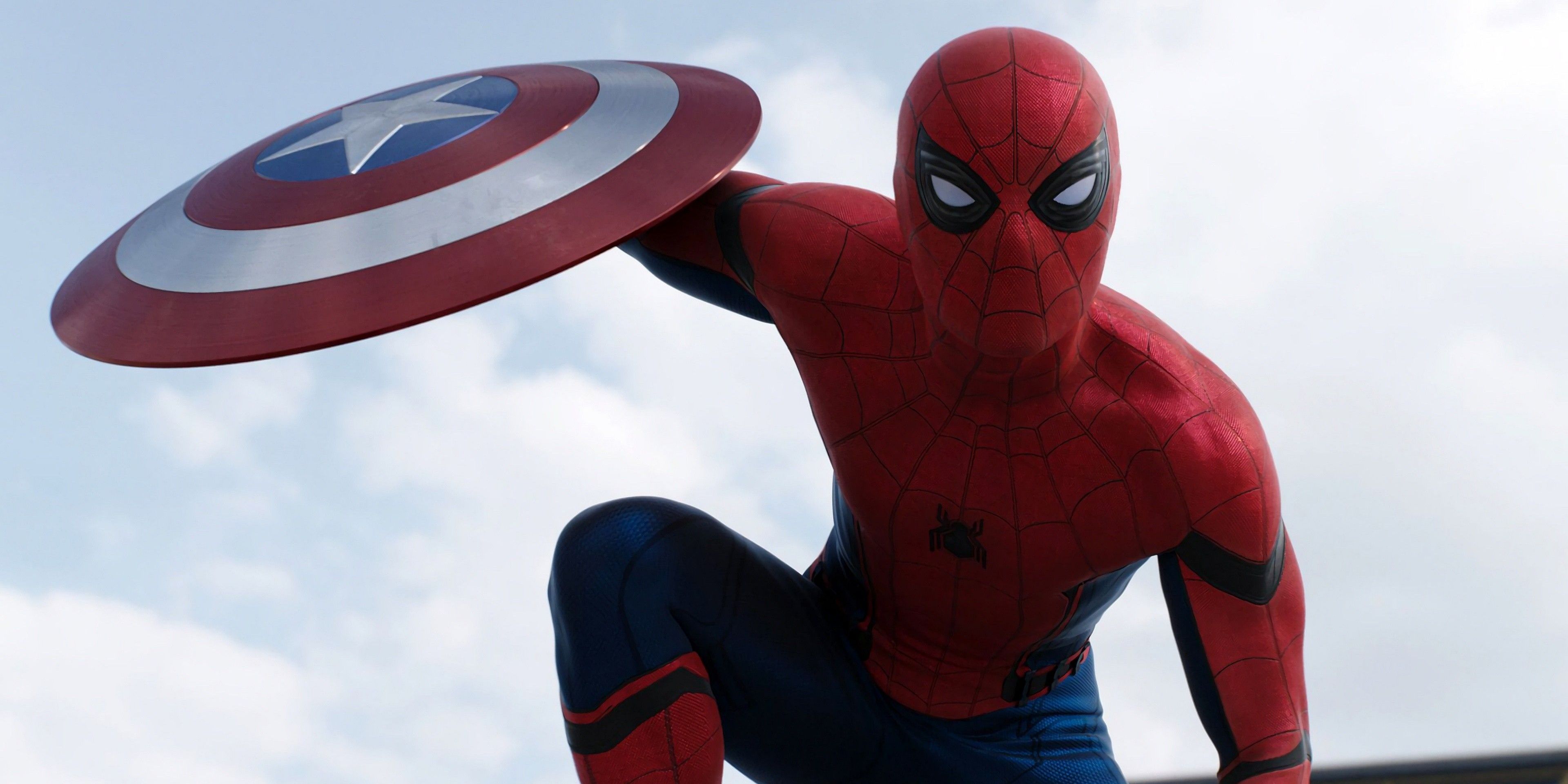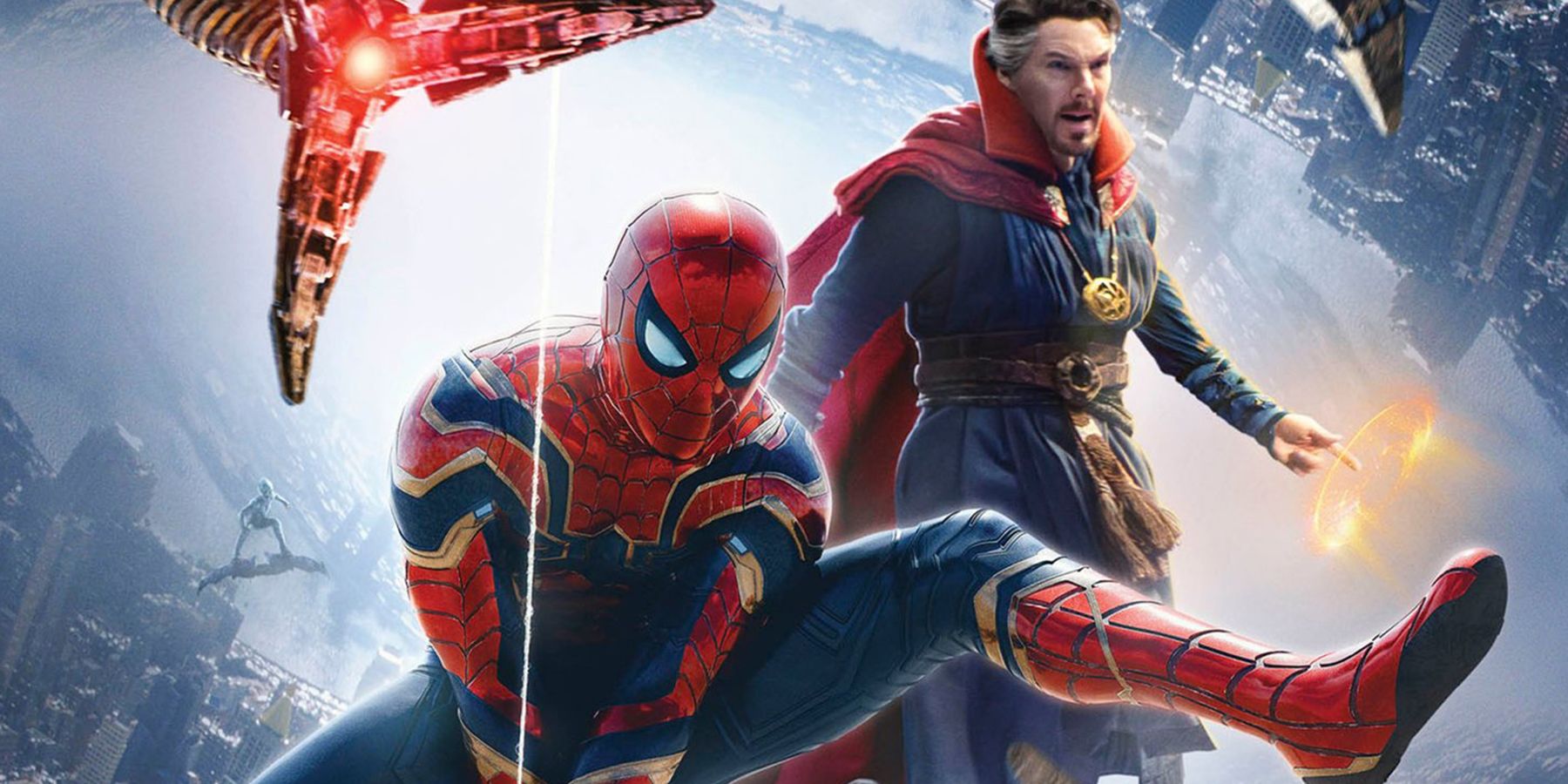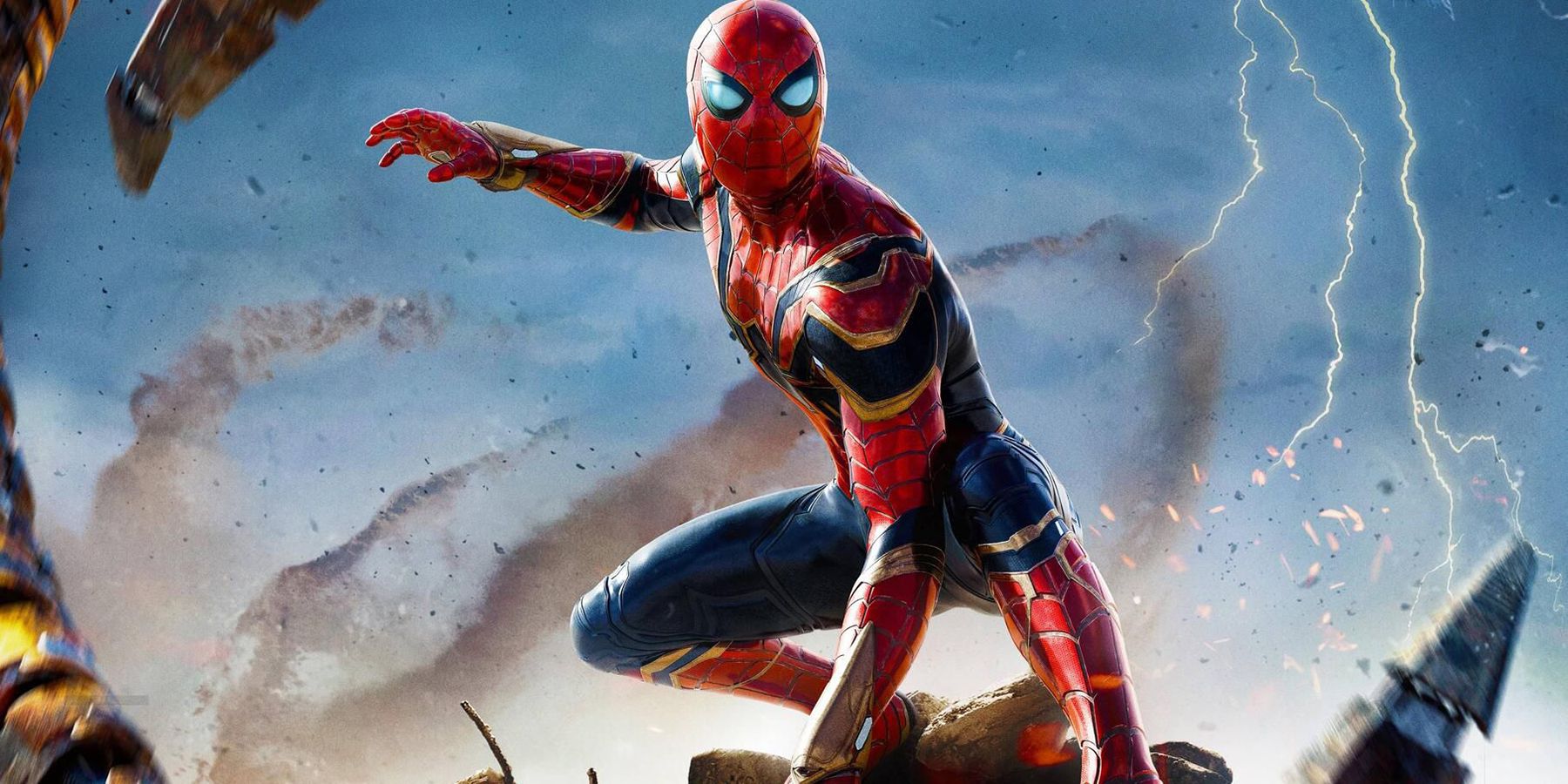This article contains major spoilers for Spider-Man: No Way Home.One of the unique things about the Marvel Cinematic Universe’s portrayal of Spider-Man is that instead of quickly having Peter Parker grow out of his high school years like previous iterations, it decides to keep him as a teenager for an entire trilogy of films. As such, the MCU features a much more youthful and inexperienced Spidey compared to past film portrayals.
The tale of Spider-Man has always been a coming-of-age story, ever since his creation by Stan Lee and Steve Ditko in 1962. However, the MCU places especially heavy emphasis on this aspect of the character, portraying him as a rookie hero in a much bigger world — one who’s still trying to forge his own identity. And at long last, the webhead’s latest big-screen adventure, Spider-Man: No Way Home, seems to have a definitive answer to that question.
Closer To Home
The driving question that unifies the Jon Watts-directed “Home trilogy” of MCU Spidey films is a seemingly simple one: what does it mean to be Spider-Man? When he’s first introduced in Captain America: Civil War, Peter is driven by a straightforward (albeit clumsily worded) ideology. As he tells Tony Stark, “when you can do the things that I can, but you don’t, and then the bad things happen, they happen because of you.” Peter is a hero because in his eyes, any suffering that he fails to prevent is his own fault, thus he is obligated to do all he can to help others — in other words, he’s driven by a sense of responsibility.
It’s that same sense of responsibility that makes Peter so desperate to join the Avengers in Spider-Man: Homecoming. After fighting alongside Iron Man, he’s convinced that his power is wasted stopping petty crooks and helping old ladies cross the street when he could just as easily be solving much bigger problems. But when his failure to foil the Vulture earns him a lecture from Tony, Peter realizes that his selflessness has become tainted with pride. After letting go of his ego and stopping the Vulture, Peter declines Tony’s offer of Avengers membership in favor of staying a friendly neighborhood Spider-Man. To Peter, being Spider-Man means helping his community.
However, this newfound comfort in his purpose doesn’t last long. In Avengers: Infinity War, Peter doesn’t hesitate to follow Iron Man and Doctor Strange into space to stop Thanos. Despite his earlier vow to stay a street-level hero, Spidey ends up becoming an official Avenger and aiding the Guardians of the Galaxy in battle against the Mad Titan himself. But of course, this goes very poorly when Peter ends up killed by Thanos along with half the universe — only to be revived just in time to watch his mentor Tony die in Endgame. Needless to say, Peter is in no hurry to be an Avenger again in Far From Home. But when his own self-doubt ends up making him a pawn of Mysterio, Spider-Man is forced to step up and become the worldwide hero everyone needs him to be. It may not be a responsibility he wants, but he’ll carry the burden anyway if lives are on the line.
To Dream the Impossible Dream
The plot of No Way Home is kicked off by a very mundane problem: Peter wants MJ and Ned to get into college, which they can’t do since they’re connected to him. It’s a small detail, but it’s worth noting that Peter’s motives here are purely selfless — he’ll gladly bear his own suffering, but he doesn’t want his problems impacting anyone else. But as usual, Peter’s impulsiveness and self-doubt end up making things worse, pulling a group of multiversal supervillains into his world. At first, Peter just wants to send the villains home so his life can go back to normal. However, things change when he realizes that many of the villains are fated to die fighting their worlds’ Spider-Men.
While Peter reacts to this revelation with concern, the more jaded Doctor Strange dismisses him, assuring him that sending the villains home is the only solution. Peter initially agrees, wanting to solve the problem as quickly as possible. But after Aunt May meets Norman Osborn, she too becomes sympathetic to the villains’ plight. When she looks at them, she doesn’t see threats to be eliminated, but human beings who desperately need help — and she knows Peter does too. From that moment on, Peter becomes determined to save the villains from their fate, curing their powers instead of leaving them to die. He’s even willing to fight against Doctor Strange himself in order to stay true to his morals.
However, Strange isn’t the only one who challenges Peter’s ideals. After Peter begins the cure project, Norman Osborn is taken over by his Green Goblin persona. The Goblin sees Peter’s compassion as a weakness — in his eyes, he and Peter are gods among men, too powerful to waste their time serving others. Green Goblin’s narcissistic, callous worldview makes him the perfect foil for the humble, selfless Peter. He’s intent on getting Peter to see things his way, and to that end, he murders Aunt May to punish Peter for his soft-hearted morality.
The worst part is, the Goblin almost wins — in his final showdown with Spider-Man, Peter becomes consumed by vengeful rage, and is inches away from killing Norman. However, thanks to Tobey Maguire’s Peter-Two, Peter-One regains his senses and chooses to cure Norman instead of killing him. In fact, Peter manages to save all the villains. Despite what Doctor Strange told him, Peter proved that nobody is beyond salvation.
A Hero Can Save Us
Of course, every action has an equal and opposite reaction. Peter’s actions further destabilize the multiverse, but he save everything by having Doctor Strange erase the whole world’s memories of Peter Parker. Far from the nervous, hesitant Peter at the start of the film, the MCU’s Spider-Man now happily accepts whatever consequences he must bear if it means doing what’s right.
Underneath all the multiversal shenanigans, No Way Home is a story that explores the ultimate quality that makes Peter Parker a hero: his responsibility to save everyone he can. The film’s conflict begins because Peter wants to help MJ and Ned, and it escalates with his determination to save his enemies. Despite what Strange and Green Goblin say, Peter’s compassion is a strength, not a weakness — it lets him save those in need and turn enemies into friends.
That is the film’s implicit answer to the question of what it means to be Spider-Man. Being Spider-Man means doing everything you can to save everyone you can, even if it means sacrificing your own happiness. Whether he’s fighting muggers or aliens, Peter will always help wherever he’s needed. It’s not his costume or his powers that make Spider-Man a hero, but his kindness and compassion. After all he’s been through, Peter is still driven by the same obligation to help others that motivated him back in Civil War. Or, as Aunt May put it, “With great power, there must also come great responsibility.”

.jpg)


